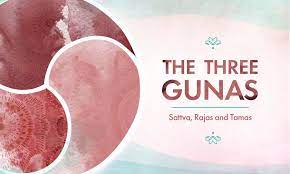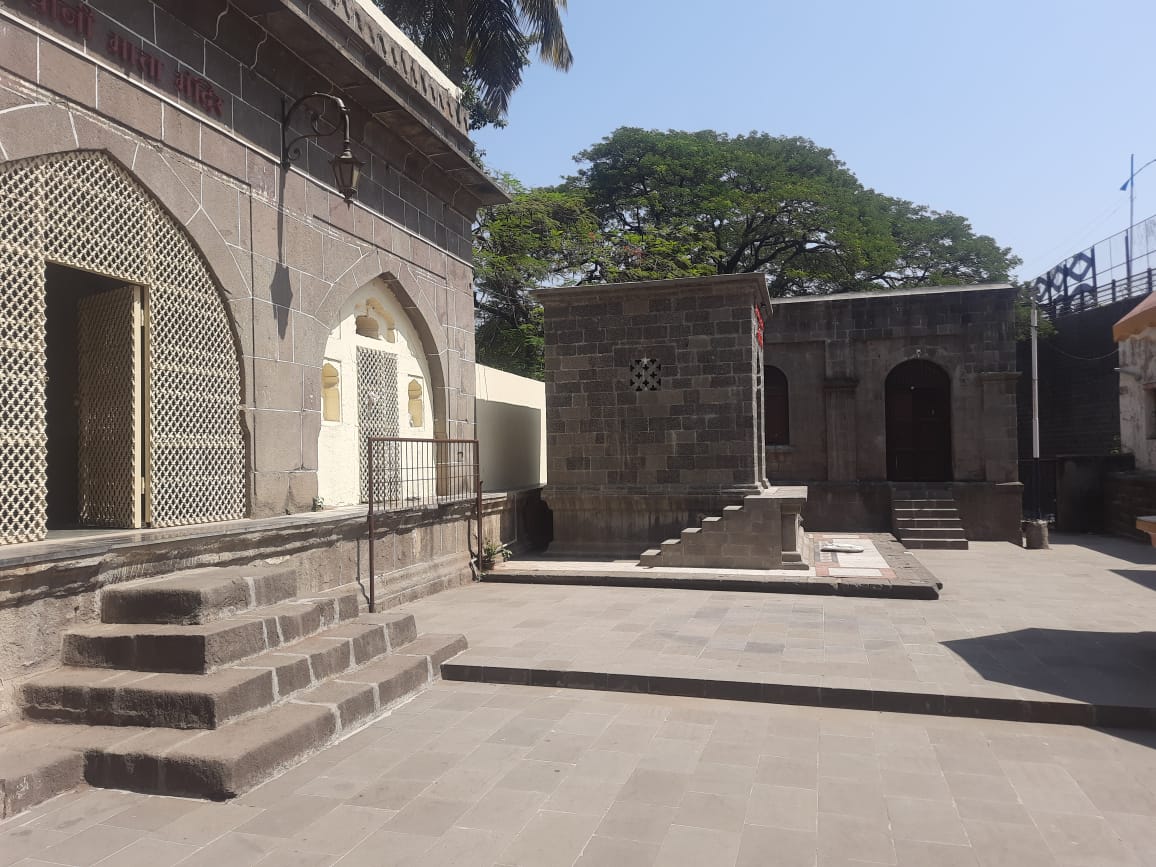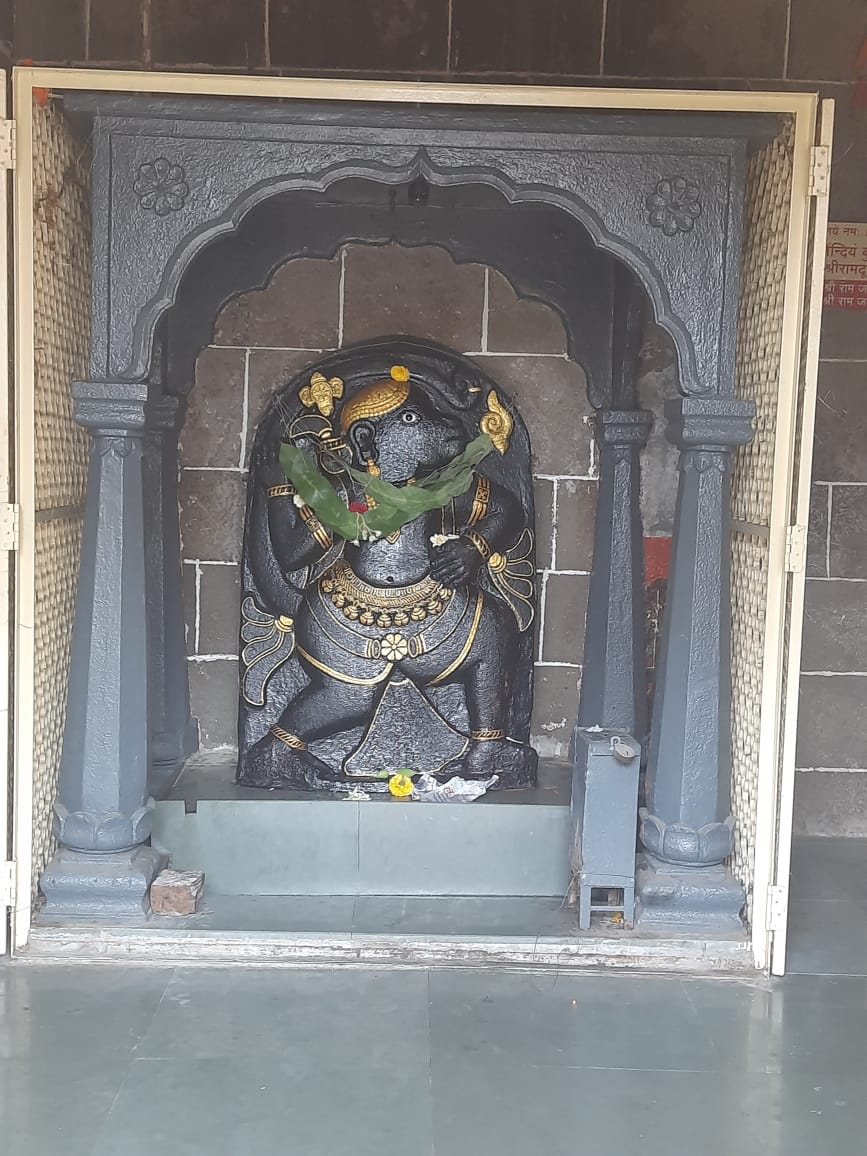Kundalini. Chakras. Bodies.
Bindu visarga
Location or seat of bindu is at the top back of head, exactly at the spot where Hindu brahmins leave a tuft of hair growing. Although this custom is still being followed, its original purpose is completely forgotten.
#Yoga #kundalini
Bindu visarga
Location or seat of bindu is at the top back of head, exactly at the spot where Hindu brahmins leave a tuft of hair growing. Although this custom is still being followed, its original purpose is completely forgotten.
#Yoga #kundalini

In Sanskrit that tuft of hair is called shikha, which means 'the flame of fire'. Here, the word 'flame' stands for the flame of vasanas or the hidden karmas belonging to the previous life.
#Yoga #kundalini #spirituality
#Yoga #kundalini #spirituality

During the period of sandhya, when the child underwent the thread ceremony and was initiated into mantra, they used to hold and tighten this tuft as much as possible and then tie it.
#Yoga #kundalini #spirituality
#Yoga #kundalini #spirituality

When the tuft was tightened and the child practised mantra, he developed a powerful and continuing awareness of this bindu point alone. He felt tightness rather than pain at that point.
#Yoga #kundalini #spirituality
#Yoga #kundalini #spirituality

This is one traditional way to gain contact with bindu visarga. Tantric physiology According to tantric tradition, within the higher centers of the upper cortex of the brain there is a small depression or pit which contains a minute secretion.
#Yoga #kundalini #spirituality
#Yoga #kundalini #spirituality

In the center of that tiny secretion is a small elevation or point like an island in the middle of a lake. In the psychophysiological framework, this tiny point is considered to be bindu visarga.
#Yoga #kundalini #spirituality
#Yoga #kundalini #spirituality

The actual isolation of such a miniscule structure within the anatomy of the brain has never been reported or verified by medical scientists.
#Yoga #kundalini #spirituality
#Yoga #kundalini #spirituality

However, such a study could be both interesting & rewarding, in the same way that modern research into the mysterious pineal gland has verified that it is the anatomical and functional concomitant of ajna chakra, as described in the tantra shastras.
#Yoga #kundalini #spirituality
#Yoga #kundalini #spirituality

However, it is easy to imagine that such a delicate and minute structure as the bindu visarga would undoubtedly be disrupted during post mortem procedures.
#Yoga #kundalini #spirituality
#Yoga #kundalini #spirituality

Certainly the tiny amount of fluid could hardly be expected to remain localized for easy extraction & analysis, when it is known that other more plentiful neural & glandular transmitters & secretions degenerate & disperse into tissues at death.
#Yoga #kundalini #spirituality
#Yoga #kundalini #spirituality

Nevertheless, it is certainly a possibility to be considered. Traditional symbolism in the tantric scriptures, the symbol of bindu is a crescent moon on a moonlit night. This symbol is very rich in meaning.
#Yoga #kundalini #spirituality
#Yoga #kundalini #spirituality

The crescent moon indicates that bindu is closely related to the kalas (phases) of the moon, as are the endocrine, emotional and mental flactuations of human beings.
#Yoga #kundalini #spirituality
#Yoga #kundalini #spirituality

The immensity of sahasrara is gradually unveiled through ardent yoga practice like full moon is revealed from the time of the new moon to full moon each month. The crescent moon offers a faint and transient view of a hill in the dead of night.
#Yoga #kundalini #spirituality
#Yoga #kundalini #spirituality

The background of the night sky also symbolizes the infinity of sahasrara beyond bindu. However, sahasrara cannot be fully experienced while individuality remains.
#Yoga #kundalini #spirituality
#Yoga #kundalini #spirituality

The Om symbol also contains representation of bindu in its uppermost part, which is a small point above a crescent moon. Actually, all chakras are symbolized within the body of Om symbol, as are the 3 gunas or of created world: tamas, rajas, sattva.
#Yoga #kundalini #spirituality
#Yoga #kundalini #spirituality

These chakras exist in the realm of prakriti and its gunas. Bindu however, is placed separately from this body in the symbol to indicate that it is transcendental and beyond the fetters of nature.
#Yoga #kundalini #spirituality
#Yoga #kundalini #spirituality

Bindu visarga belongs to the seventh or highest loka of satyam, the plane of truth, and it also belongs to the causal body, or anandamaya kosha.
#Yoga #kundalini #spirituality
#Yoga #kundalini #spirituality

Its said that when bindu visarga awakens, cosmic sound of Om is heard & one realizes source of all creation, emanating from bindu point & crescent moon above Om symbol. The seat of nectar in many of the tantric texts it is written is bindu visarga…
#Yoga #kundalini #spirituality

#Yoga #kundalini #spirituality


• • •
Missing some Tweet in this thread? You can try to
force a refresh

 Read on Twitter
Read on Twitter
































